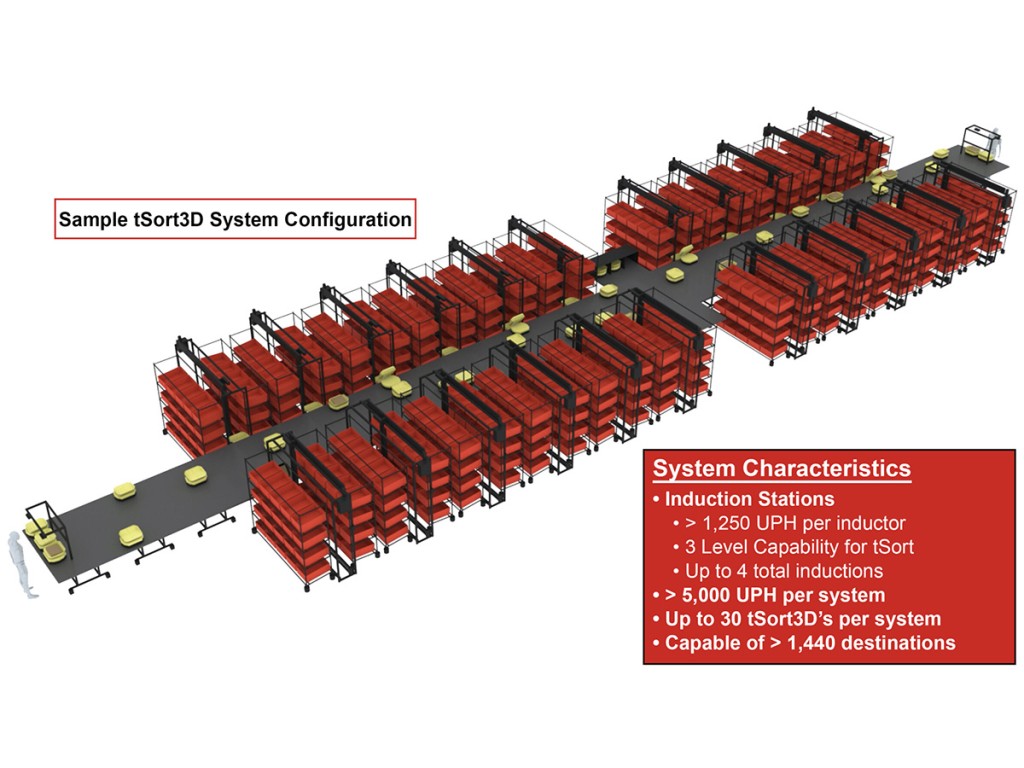Tompkins Robotics announced its 2022 annual revenue increased by 93% from the prior year. The company launched key technological advancements, including the tSort3D, the xChange system, and their new tSort Induction Lift, as well as subscription financing models. The company also experienced 23% employee growth for the same period.
According to Tompkins Robotics President and CEO Mike Futch, automation remains the number-one solution for brands and sellers to address the pressure on traditional fulfillment practices resulting from the rise in e-commerce and direct-to-consumer purchasing. In addition to improving speed and supply chain efficiency, automation has been shown to help attract and retain employees by making work easier, more interesting, and realize improved health and working conditions.

According to a study published by The Insight Partners, the overall logistics automation market in 2019 was valued at $41.5 billion and estimated to grow to $91.7 billion by 2027, representing a CAGR of 11.5%. Futch noted that, of the estimated 20,000 warehouses in the US, only 20% use some level of automation. Autonomous Mobile Robots (AMRs) such as the range of tSort robotic systems developed by Tompkins Robotics, are among the fastest growing automation solutions in warehouses and retail environments.
Tompkins Robotics designed the tSort AMR sortation solution to be elegantly simple and provide a convenient "point-of-entry" for companies with a limited budget, space and resources to implement and manage automation. The lifecycle service and total cost of ownership is also simple, easy-to-use and reliable, without requiring sophisticated maintenance, IT or engineering staff to maintain the systems.
Helping fuel the companys growth is the recent introduction of Tompkins Robotics Robots as a Service (RaaS) model, which gives customers the flexibility of a subscription-based pricing and service option instead of traditional capital equipment purchase and support model. This conserves capital, converts investment to an operating cost, and allows a customer to "pay as they go" for the use of the system. RaaS also provides customers with the ability to scale up and down rapidly and easily in response to changing market conditions or seasonal demand such as the holiday season, back to school, January returns, and other seasonal events.




